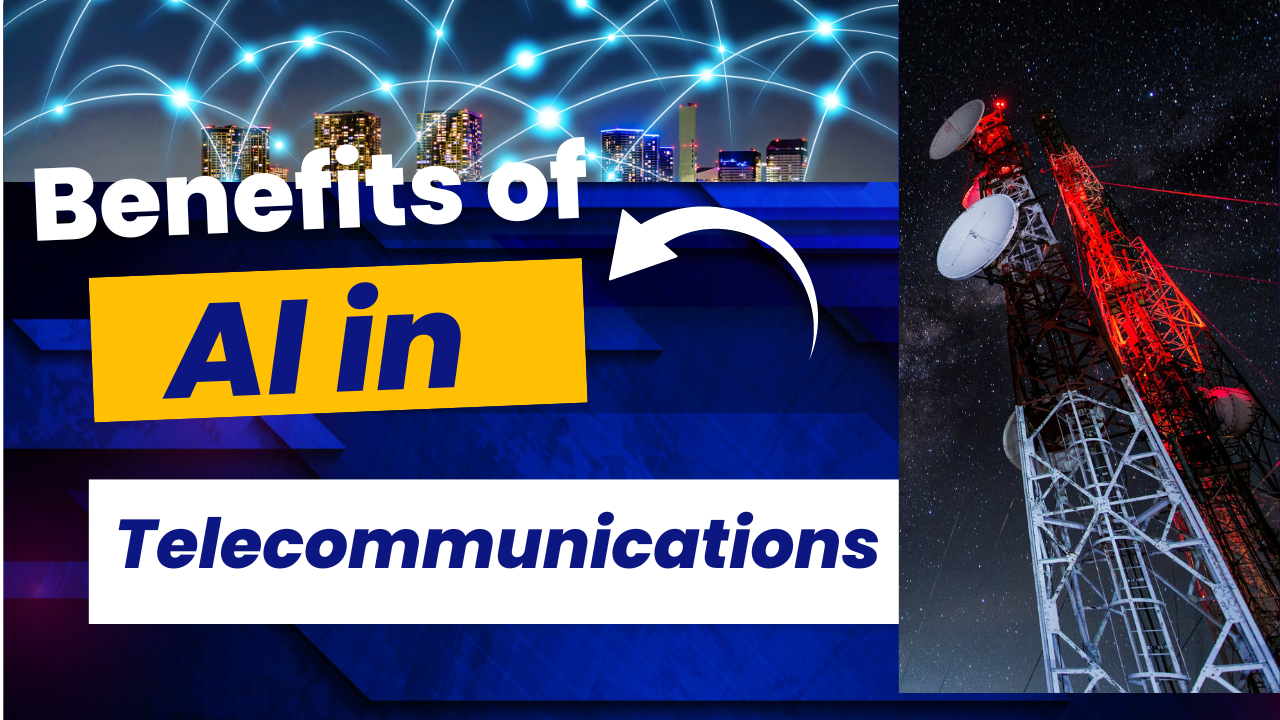
New Delhi: August 8, 2015
The biosensors market is proving highly attractive as it exhibits continuous growth in applications, penetration into newer sectors, and development of devices resulting in higher revenue year after year. The global biosensors space has seen the entry of multiple participants each year with none having exited the market so far.
Recent analysis from Frost & Sullivan, Analysis of the Global Biosensors Market , finds that the market generated revenues of $11.53 billion in 2014 which is estimated to more than double to $28.78 billion in 2021. Though innovation has facilitated biosensor penetration into a number of diverse markets, healthcare and food pathogen detection are currently the largest application segments.
With health and wellness becoming a priority for all concerned in the value chain individuals, governments, healthcare institutions, diagnostic device developers, system integrators, the medical fraternity and insurance companies biosensors are acquiring more importance, said Frost & Sullivan Measurement & Instrumentation Industry Principal Dr. Rajender Thusu. For instance, strict food safety regulations enacted by federal governments to improve the health of consumers, require the use of biosensors for compliance monitoring.
Under these regulations, meats, milk and milk products must be tested for the absence of a number of pathogens before being processed and supplied for consumption. Along with the rising trend of testing fresh vegetables and processed food for the presence of different pathogens, these norms are fuelling the adoption of testing kits.
Significantly, the use of biosensors is expanding to diverse end-user markets. While security agencies are using biosensors to detect drugs, banned substances and explosives, biosensors are also a valuable tool for monitoring health of soldiers in military and defense.
Realizing the benefits, biosensor manufacturers have started to move to mobile platforms which will enable users to monitor key health parameters in real-time. Biosensor relevance in automotive applications will grow with the use of cognitive biosensors to boost driver alertness and enable safety.
Manufacturers must strive harder to meet the stringent and specific requirements of a number of industries such as wearable medical devices, food processing, environmental, bio-defense, and automotive.
Biosensor manufacturers must also look into other issues such as the long detection times associated with existing test methods in some applications. As samples need to be enriched in some cases before one can test for the presence of pathogens.
Several companies are investing in R&D to innovate and improve biosensor technology, make it highly sensitive, and develop technology platforms to reduce detection time appreciably,? noted Dr. Thusu. ?Since the long development cycle of biosensor devices is another challenge, manufacturers are trying to address this by deploying both optical and non-optical technologies. Rapid detection biosensor devices are the need of the hour for a number of applications.
Further, manufacturers are developing nano-biosensors, with features to detect pathogens at a concentration as low as one cell per five milliliters of water. Advanced-stage research is also being conducted to create unique biosensors that can detect cell-to-cell interactions in therapeutic monitoring.







